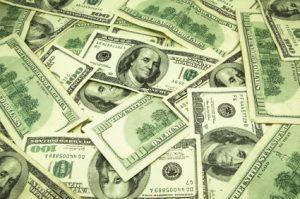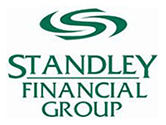Steve Standley
Standley Financial Group
Corporate Bonds, How Safe are They and What Happens if a Company Defaults.
Bonds are backed by the financial strength of the bond issuer.

If the bond issuer is not able or chooses not to pay, a bond can default. The reasons for default can vary from an inability to pay to a desire to reduce the actual bond’s obligation. While US Treasury securities never default, corporate bonds default regularly.
So what happens to a bondholder when a default occurs? Let’s talk about bankruptcy first. Bond issuers have two workable options within the bankruptcy system.
Chapter 7 and Chapter 11.
Chapter 7 means the company ceases operations and closes its business. Generally, when a company files for Chapter 7 Bankruptcy, it has already worked all possible options. The bankruptcy court will review options; possibly, a reorganization can be implemented. The Court will appoint a trustee, liquidate assets, and pay outstanding claims.
Claims are based on a pre-set order, secured creditors and any senior debt holders, bondholders are second, and company stockholders are last. If you are a bondholder, there is no defined time to receive a payment. That decision is up to the Court. Often bondholders can receive all that is owed to them, a partial share, or nothing at all. Occasionally a payment system is set up for bondholders, and funds could be received from the sale of assets over time.
Chapter 11 Bankruptcy is a different situation. A company filing for Chapter 11 protection will attempt to reorganize and re-establish its business model, often with debt relief. Chapter 11 shields the company from creditors and allows the courts to help establish a system to work out the debt issues.
Bondholders are usually asked for restructuring, which could mean a loss of value or a change in earned interest. Once the reorganization plan has been agreed upon by the company and the Court notification is made to creditors and bondholders, bondholders and creditors may be issued a combination of stock and new bonds in the restructured corporation in exchange for their bonds.

Steve Standley
Standley Financial Group
1804 Williamson Ct.
Suite 207
Brentwood, Tennessee 37027
steve.standley@retirevillage.com
(615) 221-4666

Looking For Answers?
Download our Safe Money Guide and learn more about safe retirement options that can help you achieve your retirement goals safely - FREE!


